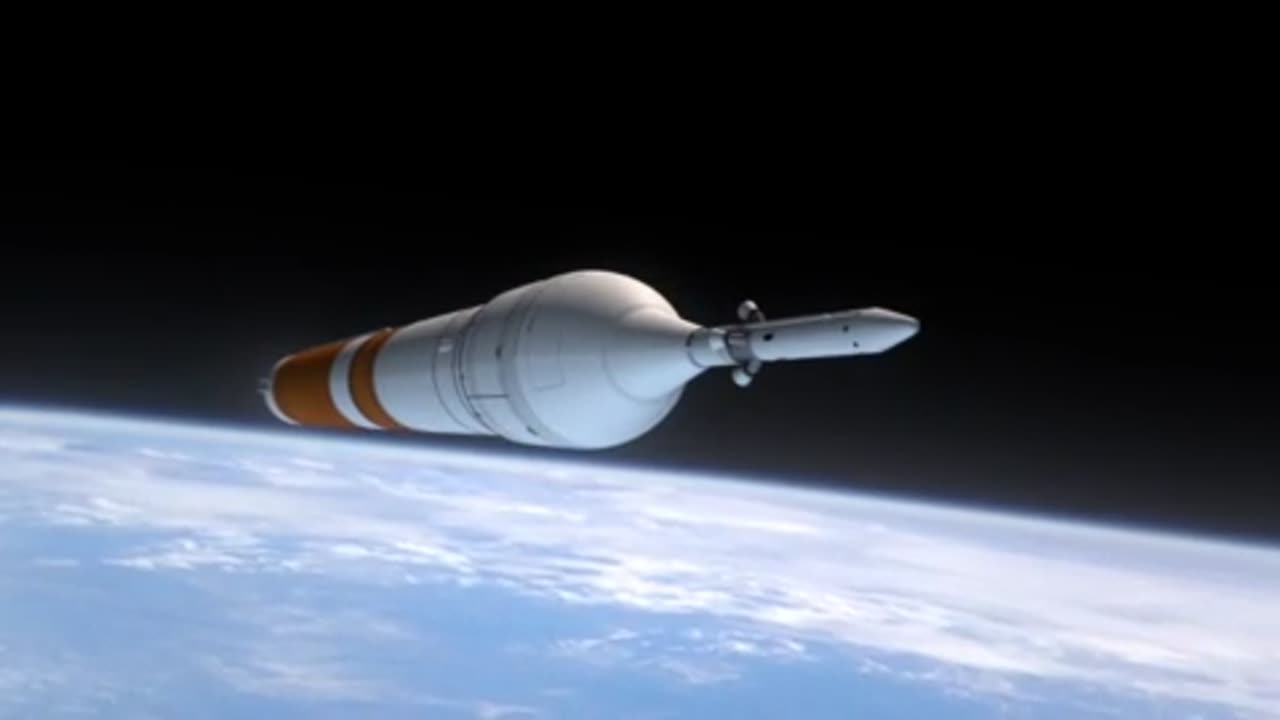Premium Only Content

Orbital spacecraft may be recoverable
A German V-2 became the first spacecraft when it reached an altitude of 189 km in June 1944 in Peenemünde, Germany.[9] Sputnik 1 was the first artificial satellite. It was launched into an elliptical low Earth orbit (LEO) by the Soviet Union on 4 October 1957. The launch ushered in new political, military, technological, and scientific developments; while the Sputnik launch was a single event, it marked the start of the Space Age.[10][11] Apart from its value as a technological first, Sputnik 1 also helped to identify the upper atmospheric layer's density, by measuring the satellite's orbital changes. It also provided data on radio-signal distribution in the ionosphere. Pressurized nitrogen in the satellite's false body provided the first opportunity for meteoroid detection. Sputnik 1 was launched during the International Geophysical Year from Site No.1/5, at the 5th Tyuratam range, in Kazakh SSR (now at the Baikonur Cosmodrome). The satellite travelled at 29,000 kilometres per hour (18,000 mph), taking 96.2 minutes to complete an orbit, and emitted radio signals at 20.005 and 40.002 MHz.
-
 1:11:10
1:11:10
Steve-O's Wild Ride! Podcast
5 days ago $9.30 earnedDusty Slay Went From Selling Pesticides To Having A Netflix Special - Wild Ride #244
38.3K3 -
 1:16:02
1:16:02
CocktailsConsoles
7 hours agoBE PART OF THE GAME!!| Death Road to Canada | Cocktails & Consoles Livestream
26.8K2 -
 8:19:28
8:19:28
Phyxicx
9 hours agoWe're streaming again! - 11/26/2024
22.9K -
 6:49:31
6:49:31
GamingWithHemp
9 hours agoHanging with Hemp #103
41.3K3 -
 21:24
21:24
DeVory Darkins
1 day ago $11.40 earnedElon Musk and Tucker Carlson SHATTER Left Wing Media
41.4K43 -
 15:13
15:13
Stephen Gardner
6 hours ago🔥Breaking: Trump JUST DID the UNEXPECTED | Tucker Carlson WARNS America!
37.2K80 -
 1:18:01
1:18:01
Glenn Greenwald
11 hours agoWill Trump's Second Term Promote Economic Populism? Matt Stoller On Cabinet Picks To Fight Corporate Power; Should Liberals Cut Off Pro-Trump Friends & Family? | SYSTEM UPDATE #372
177K234 -
 2:26:30
2:26:30
WeAreChange
12 hours agoTrump To Subdue Deranged Opposition! ARRESTS Planned
137K59 -
 1:19:04
1:19:04
JustPearlyThings
12 hours agoWhy MODERN WOMEN Keep REJECTING The Redpill! | Pearl Daily
105K58 -
 1:15:03
1:15:03
Man in America
13 hours agoBig Pharma EXPOSED: The HIDDEN Cures They Tried to Bury
38.9K16